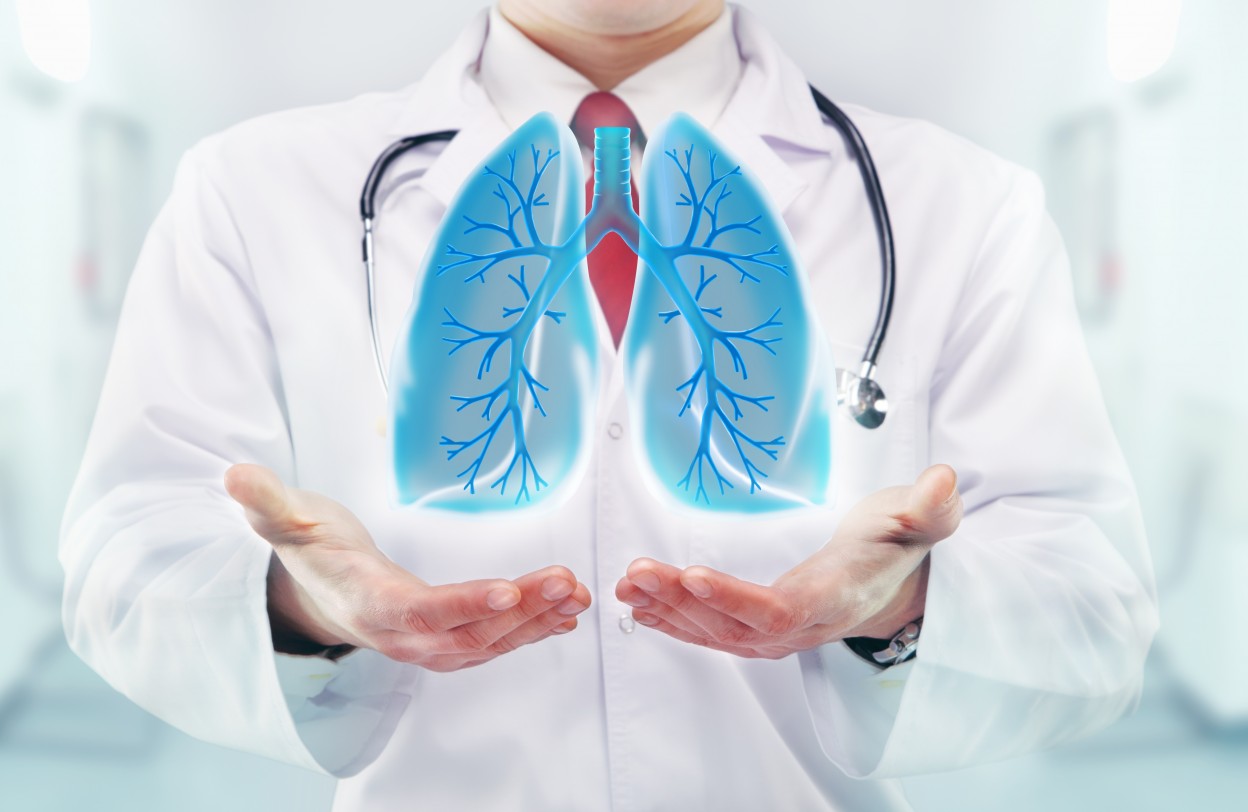Phase 2 Trial of INOpulse for PH Treatment in COPD Patients Allowed

The Belgium health authority has approved Bellerophon Therapeutics‘ plans to initiate a Phase 2 clinical trial for INOpulse, the company’s pulsatile nitric oxide (NO) delivery device, to treat pulmonary hypertension (PH) in patients with chronic obstructive pulmonary disease (COPD).
The decision followed data from Bellerophon’s Phase 2a study and proof of mechanism work, which showed that in patients with PH-COPD, treatment with INOpulse resulted in positive long-term effects regarding lung function, methemoglobin levels, or incidence of adverse events after three months of therapy. INOpulse safely reduced PH in patients with COPD and increased blood volume in the lung vessels, leading to improvements in cardiac output and a reduction in pulmonary arterial pressures.
COPD is a chronic progressive disease caused by chronic inflammation and destruction of the airways and lung tissue. While COPD is primarily a respiratory disease, continued exposure to toxins in tobacco smoke and the resulting lack of oxygen may cause changes in the pulmonary circulation, leading to chronic pulmonary vasoconstriction and PH.
PH is a common complication in patients with late-stage COPD. PH-COPD has been associated with poorer clinical outcomes when compared to COPD patients without PH. However, a causal link between higher pulmonary pressures and worsened health outcomes in patients has not yet been proven. In the United States, about 12 million people have COPD. Of these, approximately 700,000 have PH-COPD.
The open-label Phase 2 clinical trial of INOpulse for patients with PH-COPD aims to evaluate the clinical benefit of INOpulse on exercise capacity in 10 COPD patients with PH and on long-term oxygen therapy (LTOT). The trial will assess iNO 30 mcg/kg IBW (ideal body weight)/hour for four weeks, including a follow-up visit two weeks after iNO discontinuation. Four weeks after the treatment, patients’ vasodilation in pulmonary arteries will be assessed using high-resolution computed tomography scanning (HRCT), with the 6-minute walking distance test (a measure of exercise capacity) as a secondary outcome.
“This study builds on the results of earlier work by the Vonbank group in Austria, our own Phase 2a acute dose ranging study, as well as the results of a trial conducted in the Department of Respiratory Medicine at the University Hospital Antwerp,” said Jonathan Peacock, chairman and chief executive officer of Bellerophon Therapeutics, in a press release.
The Antwerp trial was conducted by Professor Wilfried De Backer and Bellerophon, published in the peer-reviewed International Journal of COPD and titled “Pulmonary vascular effects of pulsed inhaled nitric oxide in COPD patients with pulmonary hypertension.”
The company expects to enroll the first patient in the new trial later this year, with results anticipated in late 2016.
“The prognosis of COPD patients with severe PH is very poor and there is currently no approved therapy to treat this condition. We look forward to developing a therapy for this serious unmet medical need,” Peacock said.






